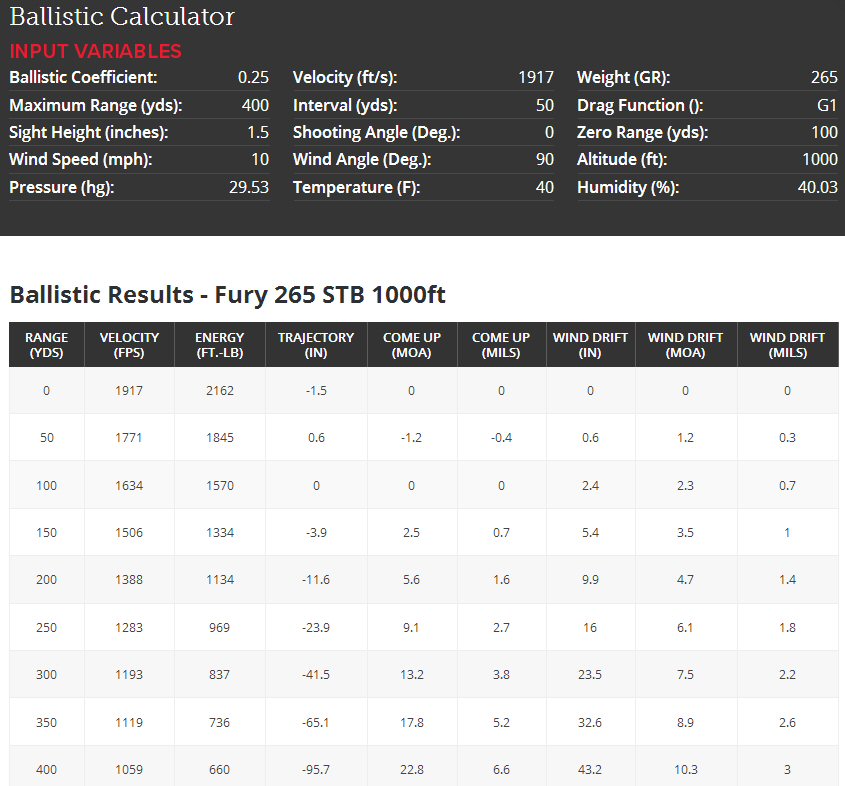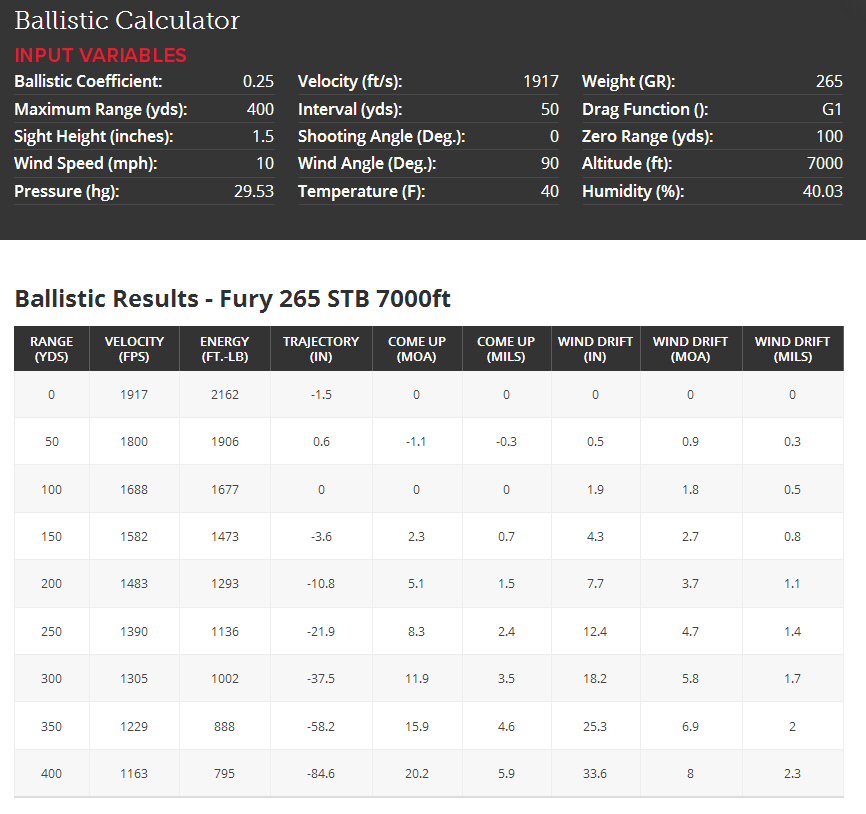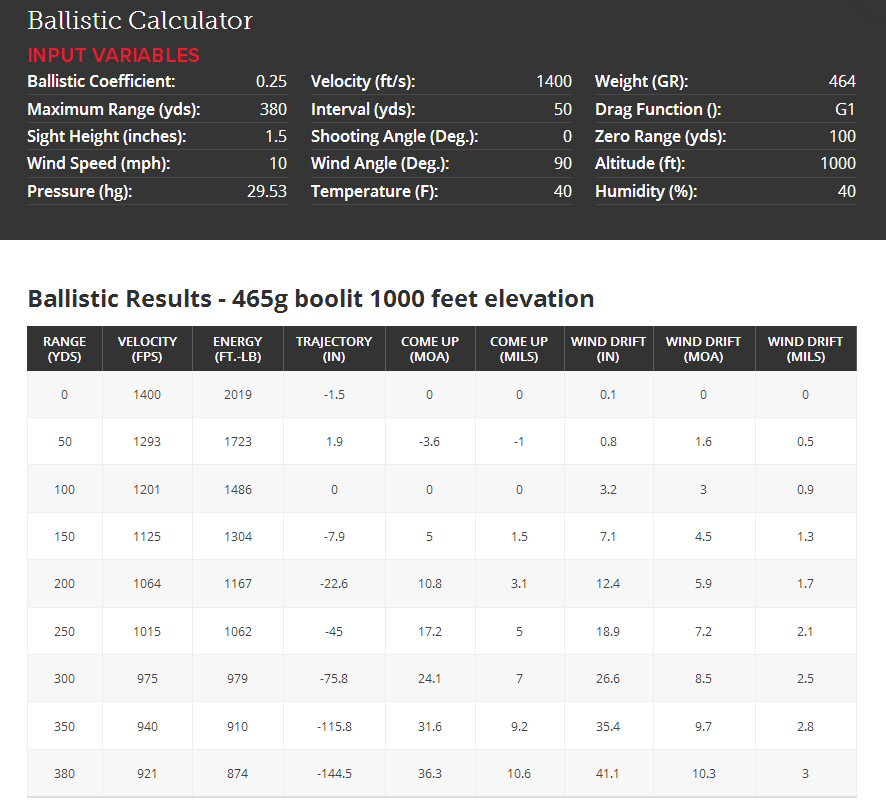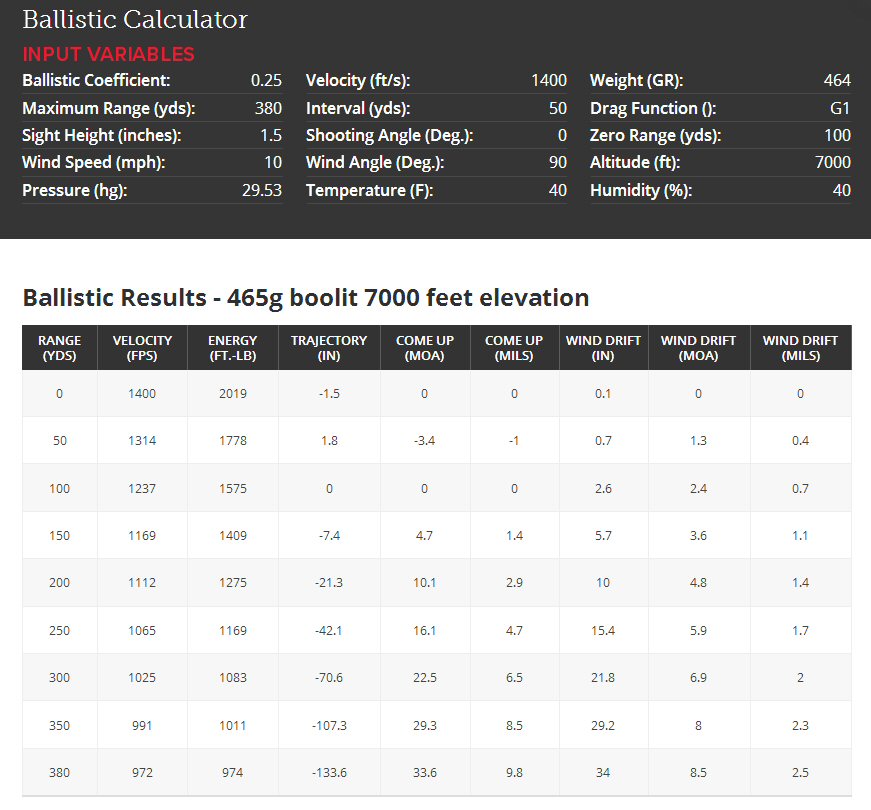- Joined
- Nov 17, 2010
- Messages
- 1,489
- Reaction score
- 283
Hello All,
This may not be a true long range question but does anyone know what to expect for POI moment from 1000’ to around 7K’?
When I use the ballistics calculators there minor changes but it assumes I zero at 7K.
I don’t have the opportunity to practice up high and live at 1000’.
The CF guys say it’s negligible but I’m guessing it may be greater at 1400’ per second.
This may not be a true long range question but does anyone know what to expect for POI moment from 1000’ to around 7K’?
When I use the ballistics calculators there minor changes but it assumes I zero at 7K.
I don’t have the opportunity to practice up high and live at 1000’.
The CF guys say it’s negligible but I’m guessing it may be greater at 1400’ per second.









